Zhejiang Mega Mei Machinery Co., Ltd. is a China Hardware Motorcycle Parts Manufacturer and Sale Hardware Motorcycle Parts Factory. Relying on the driving effect of the Yangtze River Delta Economic Circle and the unique mechanical processing collective advantage of Wenling, Zhejiang Mega Mei Machinery Co., Ltd. specializes in the production of motorcycle and auto parts such as brake lines and accelerator cables. At present, the products produced by the company are exclusively for Honda and other well-known motorcycle manufacturers at home and abroad. Every link from incoming inspection to packaging and shipping is strictly controlled to ensure that every product from Mega Mei Factory can meet the technical requirements of customers, and can pass the QR code source.
Brake Cable Parts Producer
Hardware Motorcycle Parts
Our Hardware Motorcycle Parts, specifically the cable accessories, are designed to enhance the functionality and reliability of your motorcycle. These components include high-quality cables, connectors, and protective elements that ensure the smooth operation of the motorcycle's control systems. They are crafted to meet the demands of various riding conditions and to improve the overall performance of your bike.
Product Advantages
Durability:Constructed from robust materials, these cable accessories are built to withstand harsh environmental conditions, including exposure to sunlight, rain, and dust. Reinforced cables prevent fraying and wear, ensuring long-lasting performance.
Reliability:Precision engineering ensures consistent and accurate transmission of control signals. High-quality connectors reduce the risk of electrical malfunctions and ensure stable connections.
Product Features
Material Quality:Made from high-grade materials, these accessories offer superior resistance to corrosion and wear. The use of premium materials ensures that the cables remain flexible and durable over time.
Precision Engineering:Each component is precisely engineered to fit seamlessly with the motorcycle's existing systems. Attention to detail in the manufacturing process ensures that the accessories meet high standards of quality and performance.
-
Cylindrical cells supply are used in a variety of applications, from portable electronics to power t...
READ MORE -
Integrated series batteries, also known as series-connected battery systems, are widely employed in ...
READ MORE -
Electrical Configuration and Performance The fundamental difference lies in how the cells are interc...
READ MORE -
Compatibility and Integration One of the main practical advantages of an inches rack standard backup...
READ MORE -
12V LiFePO4 (Lithium Iron Phosphate) batteries have become increasingly common in applications rangi...
READ MORE
The Unseen Links: What Connects Your Command to Control?
In the intricate dance of man and machine that is motorcycling, the critical conversations between rider and bike often happen through unseen, mechanical intermediaries. While electronic systems advance, the fundamental, physical connection of cable-operated controls remains vital for many functions. These systems, particularly brakes and throttle, rely on a network of precisely engineered parts to translate intention into action. But what exactly is the role of each component in this crucial chain, how are they designed for such a demanding task, and how does one select the right part for performance?
What are the functions of brake cable parts?
A brake cable assembly is a deceptively simple system where each component has a distinct and vital role. Its collective function is to transmit the force from the rider's hand lever to the brake mechanism itself with minimal loss of efficiency and reliability.
Inner Cable: This is the core of the assembly. This high-strength steel wire is responsible for carrying the tensile (pulling) force along its entire length. Its integrity is paramount; any fraying or weakness can catastrophic failure.
Outer Housing: The housing is a stationary conduit that protects the inner cable and guides its path. More importantly, it converts the pulling motion into a compressive one. When the lever is squeezed, the housing allows the inner cable to move freely within it, directing the force to the other end.
End Ferrules and Nipples: These small metal terminations are crucial for a secure connection. The nipples, often barrel-shaped, are swaged onto the ends of the inner cable and are designed to sit within the lever and brake actuator, ensuring force is transferred correctly. Ferruls are fitted to the ends of the outer housing to prevent fraying and provide a clean seat within lever and frame stops.
Adjusters: Threaded barrels, usually located at the lever or the brake arm, allow for fine-tuning of the cable tension. This accounts for cable stretch and wear on brake pads, ensuring there is no excessive slack before the brake begins to engage.
Together, these parts form a efficient system for mechanical force transmission, making them a lightweight and effective solution for control.
What are the design considerations for brake cable parts?
The design of brake cable components is dictated by the demands of safety, performance, and durability. Engineers must balance multiple factors to create a reliable product.
Material Strength and Fatigue Resistance: The inner cable is typically made from stainless or galvanized steel, often with a wound or braided construction for high tensile strength and resistance to metal fatigue from repeated flexing.
Low Friction and Durability: The outer housing is usually a coiled or braided steel wire sheath lined with a low-friction plastic, such as PTFE. This lining is essential for smooth operation, reducing the effort required at the lever and preventing the inner cable from wearing out prematurely.
Environmental Protection: A durable rubber or vinyl outer coating seals the housing against moisture, dirt, and grit. This corrosion protection is critical for maintaining smooth operation and preventing internal seizure, especially in all-weather riding conditions.
Precision Manufacturing: Consistency is key. The diameter and tolerances of every component must be exact to ensure a fit within levers, adjusters, and actuators. A poorly fitted nipple or a kinked housing can drastically reduce performance and safety.
These considerations ensure the cable assembly can withstand constant stress, environmental hazards, and the absolute need for reliable operation every time.
How do I choose a throttle cable elbow?
The throttle cable elbow, or throttle tube end, is a small but critical component that dictates how the throttle cable connects to the handlebar grip assembly. Selecting the correct one is essential for smooth throttle operation and preventing binding.
Compatibility with Throttle Tube: This is the primary concern. The elbow must match the brand and model of your motorcycle's throttle housing. The diameter, thread type, and overall shape must align to screw in securely and align the cable correctly.
Cable Routing Angle: Elbows come in various angles (e.g., 90 degrees, 45 degrees, straight). The correct angle is determined by the natural path your throttle cable takes from the housing to the cable guide on the frame. Choosing an angle that matches this path prevents sharp bends that can cause friction, stickiness, and accelerated cable wear.
Material Quality: Typically made from aluminum or plastic, an aluminum elbow is generally preferred for its durability and resistance to stripping of the threads. A cheap, soft plastic fitting can crack or break, potentially a stuck throttle.
OEM vs. Aftermarket: While OEM (Original Equipment Manufacturer) parts guarantee a fit, reputable aftermarket companies often offer high-quality alternatives. The key is to ensure the part is specified for your exact motorcycle make, model, and year to avoid any fitment issues.
 boo@zjmgmm.com / 958587858@qq.com
boo@zjmgmm.com / 958587858@qq.com English
English русский
русский Español
Español عربى
عربى
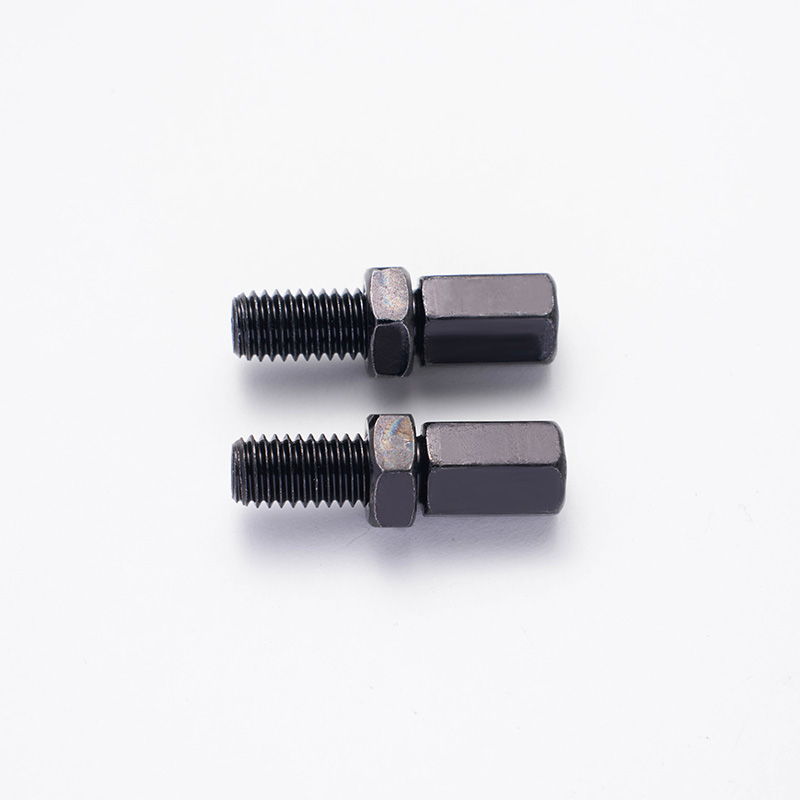
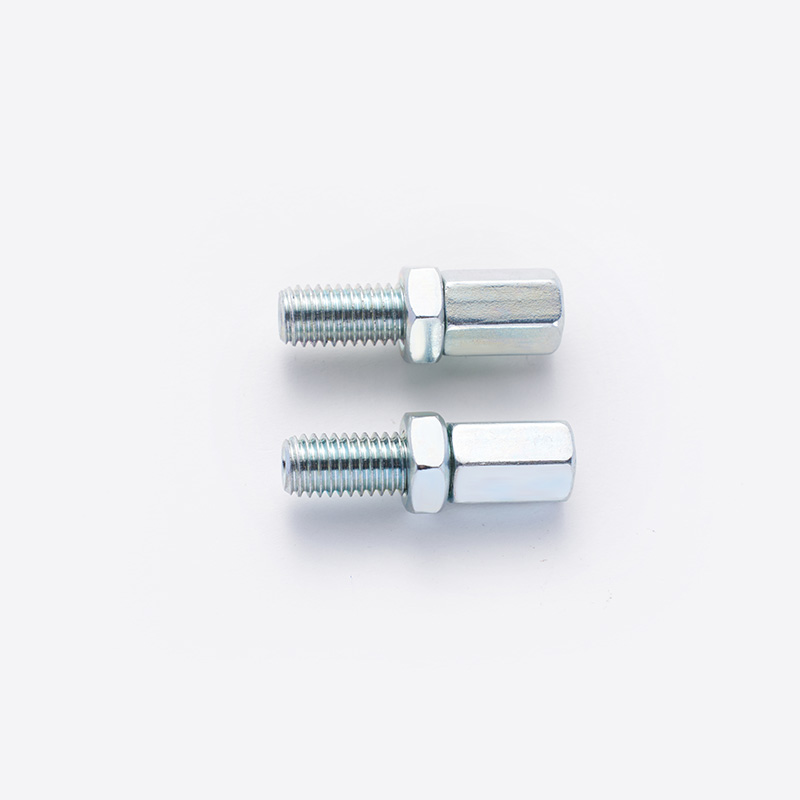
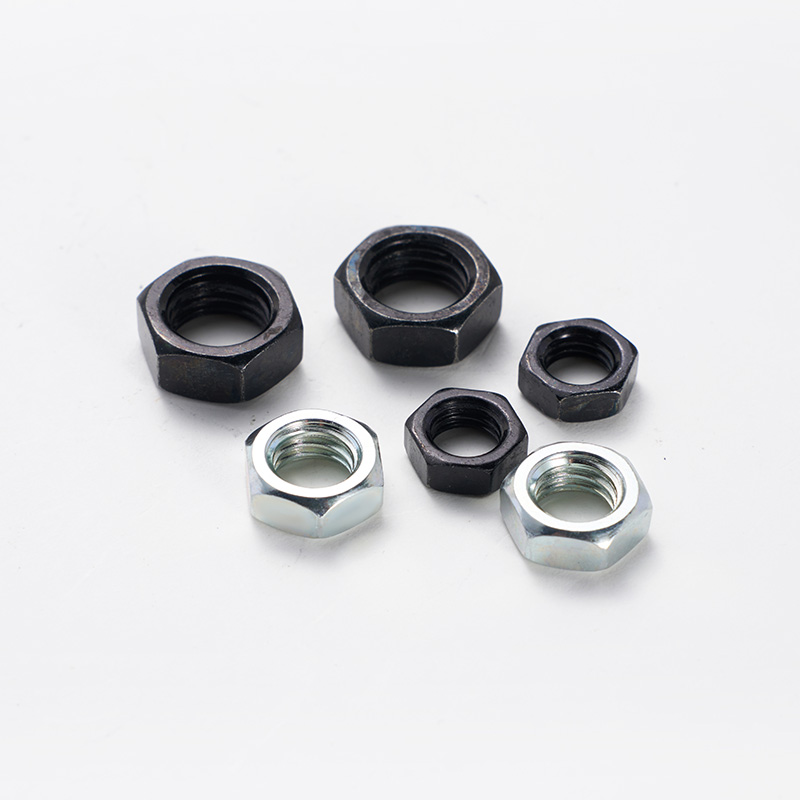
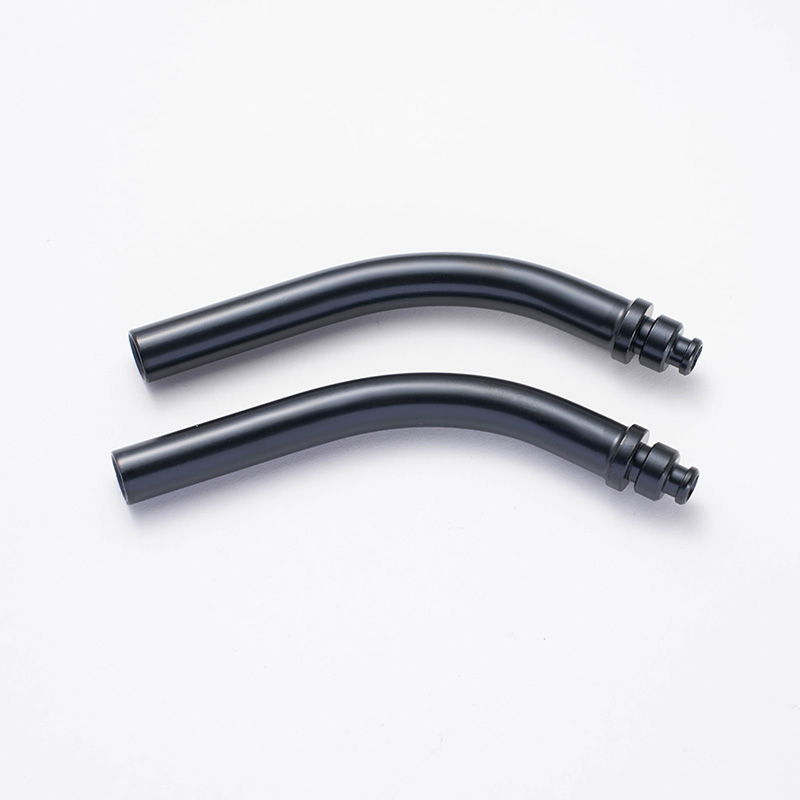

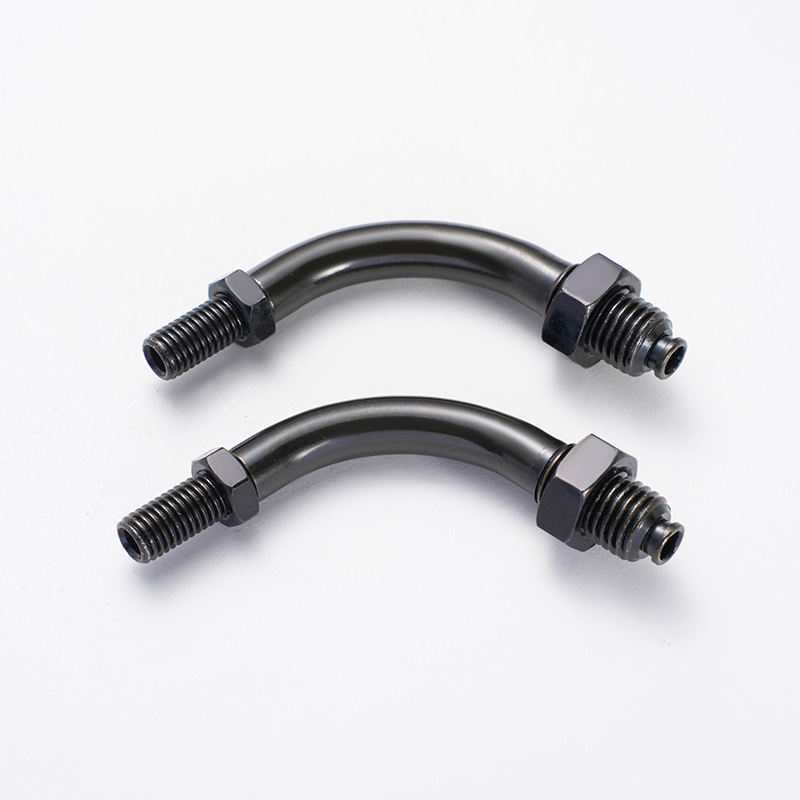
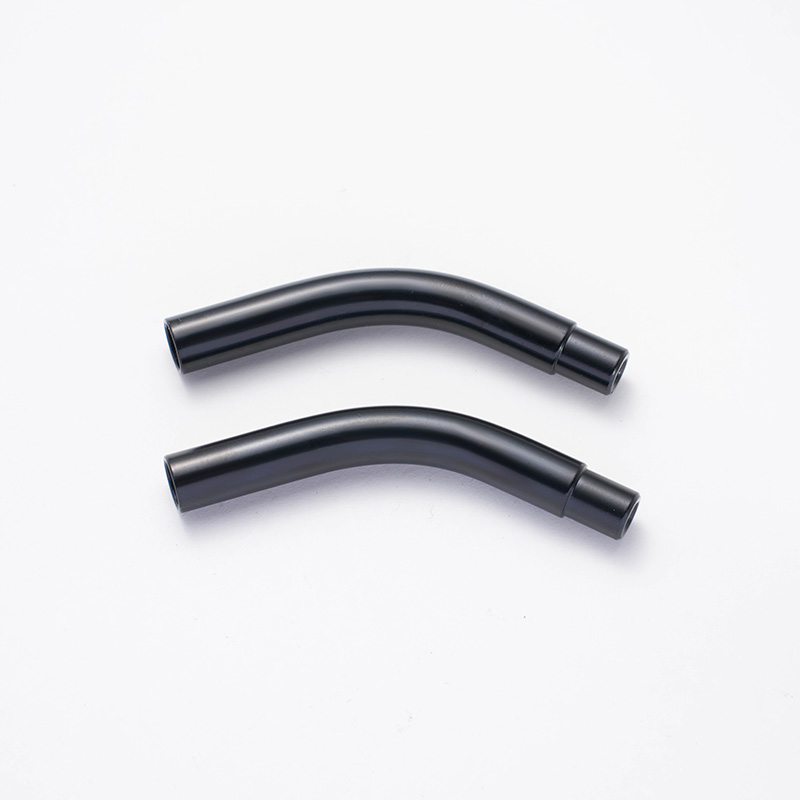

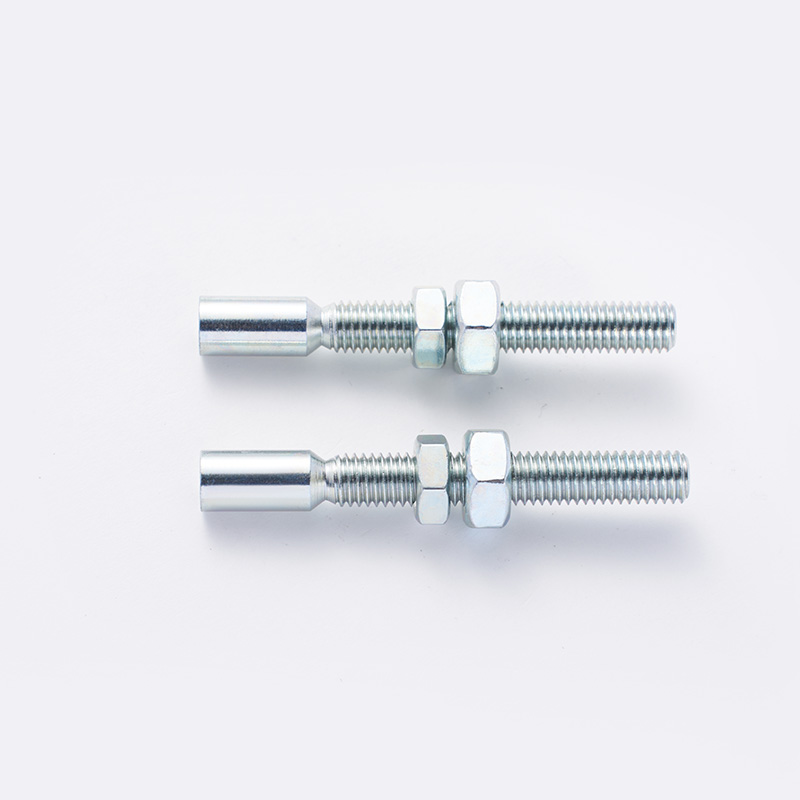
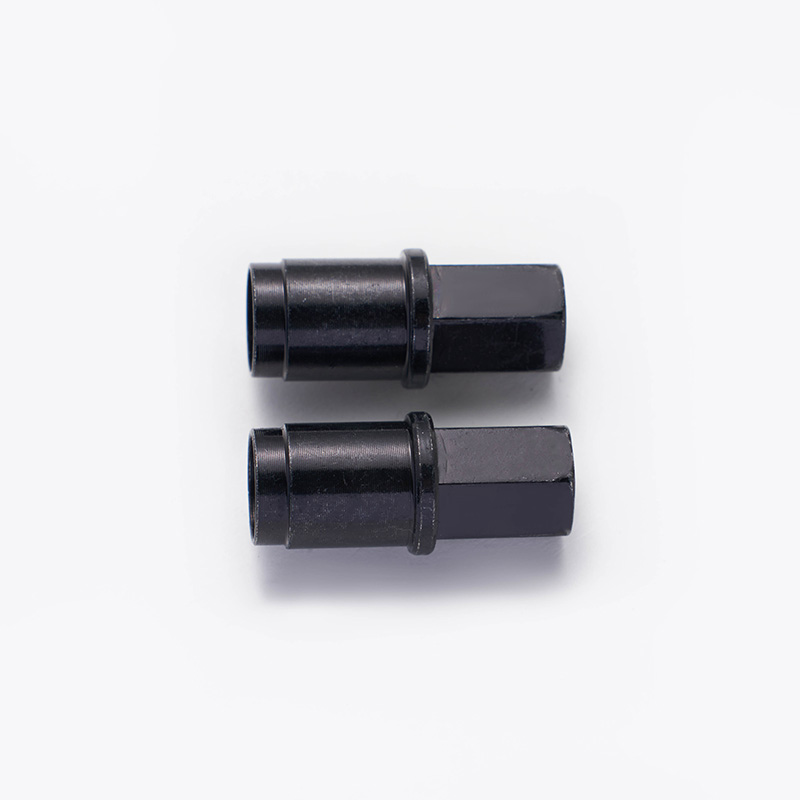
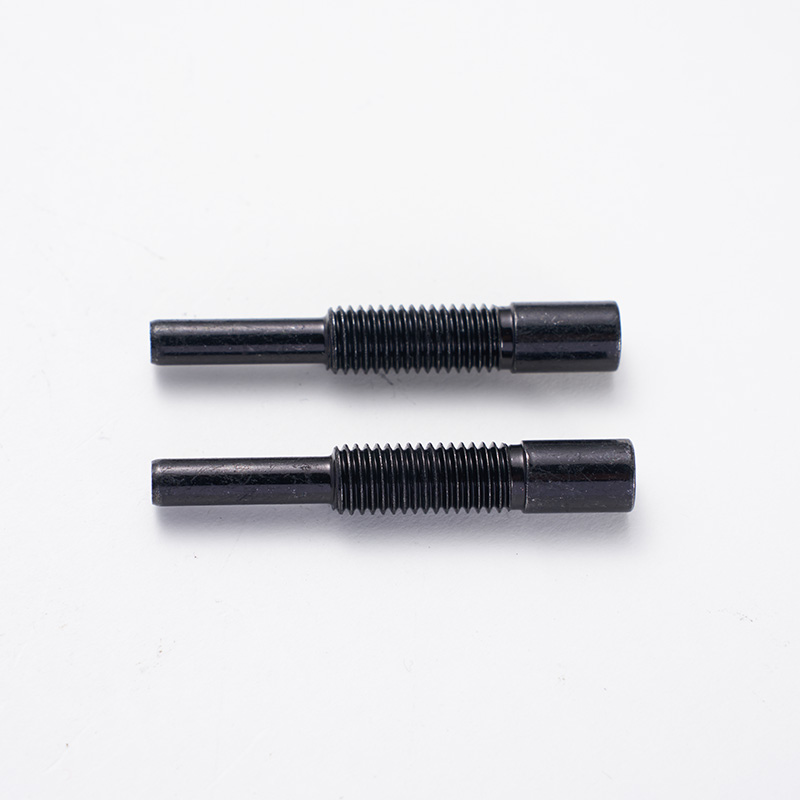
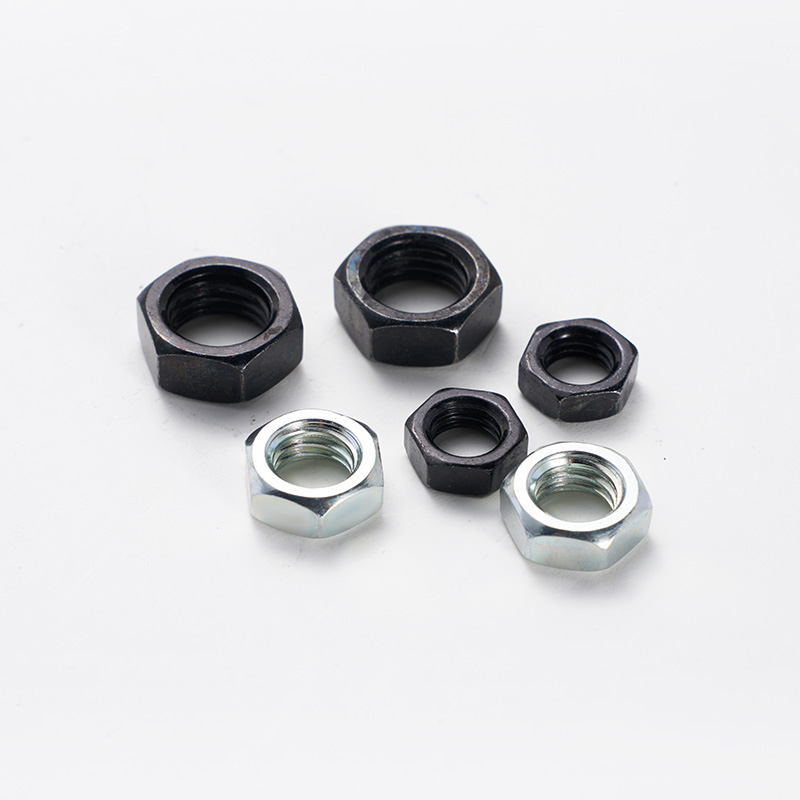







 English
English  Building 33, Demonstration Park, No. 318 Chenguang Road, Eastern New District, Wenling City, Taizhou City, Zhejiang Province, China
Building 33, Demonstration Park, No. 318 Chenguang Road, Eastern New District, Wenling City, Taizhou City, Zhejiang Province, China  0086-576-86337978
0086-576-86337978  0086-576-86333878
0086-576-86333878
 boo@zjmgmm.com
boo@zjmgmm.com 